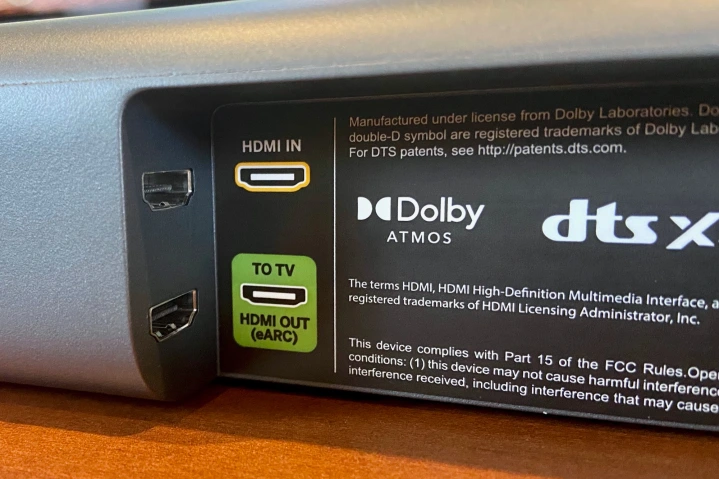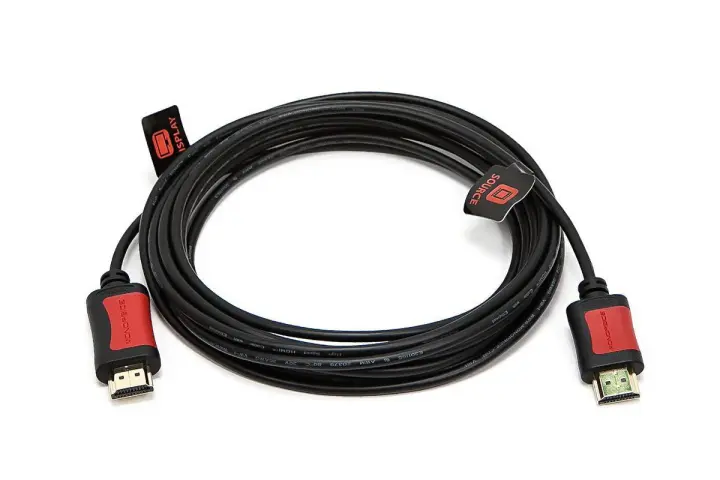According to the newly released HDMI 2.1a Amendment 1 specification, even without the help of external power supply, longer HDMI cable operation will soon become possible. Amendment 1 introduced "cable power", which allows HDMI source devices, such as power amplifiers, game consoles or streaming media devices, to provide additional power required to maintain a strong enough signal to maintain a sufficient signal in cables over several meters.

Many people may not think so, because the very long HDMI cable already in use usually has no problem, but it is likely that it is used to send low bandwidth content, such as 30Hz 4K video, and possibly hdr10. This kind of content can be realized only by high-speed HDMI cable. The cable length can even be as long as 25 feet without active cable (a cable that obtains signal enhancement from external power supply).
However, any content (uncompressed 8K@60Hz , 4K@120Hz , Dolby horizon, and Dolby panorama in truehd) will be difficult to complete the same signal journey. The appearance of cable power is to make these long-distance operations possible, and no external power supply is required by injecting the required additional power from the HDMI output itself of the device.
For this new feature to work, both the source device and the HDMI cable need to be compatible with the cable power supply. Future devices and cables will have clear labels to let people know whether they support cable power. However, no official logo or text symbol has been created to help us quickly identify the existence of new technologies.

When using devices and cables that support cable power, only one end of the cable can be plugged into the source device -- this is the end used to receive additional power. But even if you reverse it, it won't hurt the equipment, but the cable won't transmit any signal at all. For those considering the use of cables in walls or other confined spaces, it will be very important that the two ends of the cable are correctly oriented.
If you buy a new device that supports cable power, you do not need to use a cable that supports cable power under normal use -- the new port is backward compatible, and your existing HDMI cable can still do what they have been doing.
On the contrary, if you decide to purchase cables that support cable power, but you do not have any devices that support cable power, this is OK. Cables that support cable power have independent power connectors, so 5-volt USB adapters (usually micro USB or USB type-C) can be used to power them so that they can work. However, when you finally upgrade your signal source device to a device that supports cable power supply, you will be able to discard the USB power adapter, and the installation will naturally become simpler.
If this sounds like redmere technology -- some HDMI cables are used to get a little extra power from the source device to allow longer distance operation -- it is because it is a very similar idea. The difference is that the redmere cable cannot collect enough power to allow the full bandwidth of the ultra-high speed cable to be extended.
Cables that support cable power can still be used with HDMI arc/earc as long as they have one of the following labels:
Ultra high speed HDMI cable
Advanced high speed HDMI cable with Ethernet
High speed HDMI cable with Ethernet
Standard HDMI cable with Ethernet
Like the idea of cable power, but hope not to spend money on new products? Unfortunately, this is unlikely. A spokesman for the HDMI licensing authority said that this is because "cable power" needs to install chips in the source device, and these chips need to be specially manufactured for this function.